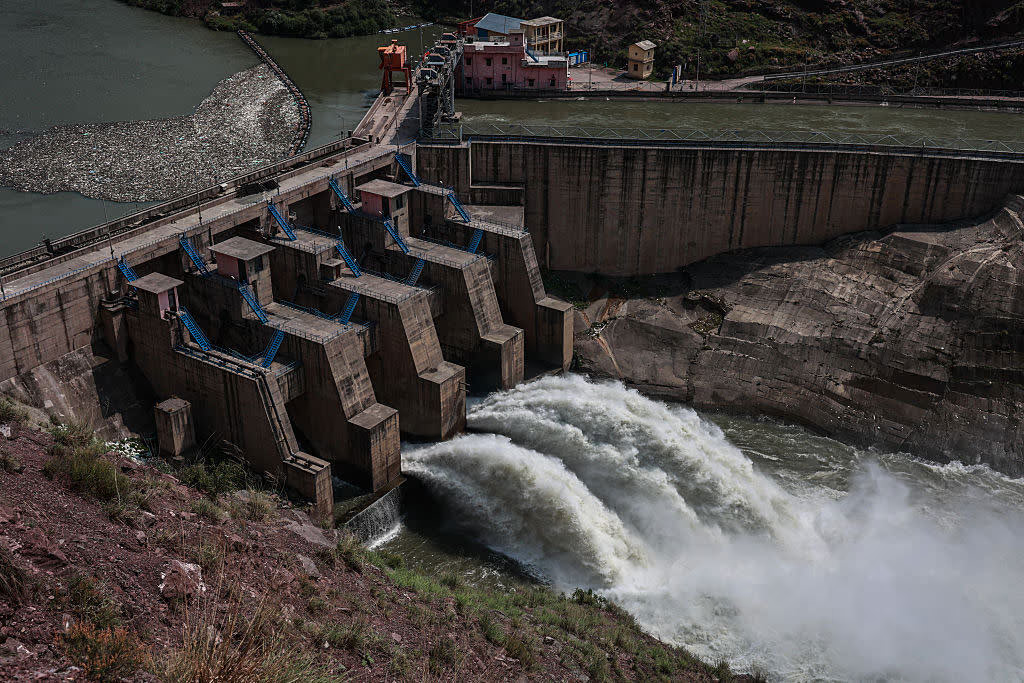Tensions between India and Pakistan have flared again following the deadliest terrorist attack on civilians in Indian-administered Kashmir in 15 years. The assault has been attributed to militants based in Pakistan, and—much like in 2016 and 2019—New Delhi may respond with a retaliatory strike. Diplomatic channels have been frozen since 2015, and efforts to resume trade and a ceasefire, launched in 2021, did not survive the latest wave of violence.
With dialogue absent and populism surging on both sides, the two nuclear-armed states remain hostages to a conflict that dates back to the partition of British India.
A Familiar Cycle: From Terror to Escalation
Since the late 1980s, relations between India and Pakistan have followed a predictable but perilous pattern. A terrorist attack in India—most often in Kashmir—serves as the trigger. Responsibility is attributed to militant groups based in Pakistan, often with alleged links to its military intelligence. This is followed by international outcry, after which India either applies diplomatic pressure or—more frequently since 2016—launches a retaliatory strike.
This was precisely the pattern in both 2016 and 2019. In the latter case, India carried out an airstrike on what it described as a militant training camp in Pakistan, triggering the most serious escalation in decades. While both countries are nuclear-armed and wary of full-scale war, each new attack ratchets up the tension. The recent bombing in Pahalgam, which killed 26 people, was the deadliest assault on Indian civilians since 2008—and the most severe in Kashmir since 2000.
Pakistan, for its part, seeks to portray India as the aggressor disrupting the status quo. By highlighting Indian threats of military action, Islamabad appeals to the international community for diplomatic pressure on New Delhi. India, by contrast, hopes global condemnation will fall squarely on Pakistan as a state sponsor of militant groups.
The Invisible Border: Kashmir and Proxy Groups
The modern architecture of the conflict traces back to the 1980s, when the United States and its allies armed the mujahideen in Afghanistan and Pakistan served as the conduit for that support. After the Soviet withdrawal, many of those fighters shifted to Kashmir, where they began operating as proxy groups backed by Pakistan’s military intelligence. For Islamabad, India has long been viewed as an existential threat—one seen as seeking to undo the 1947 partition and reassert control over Pakistan.
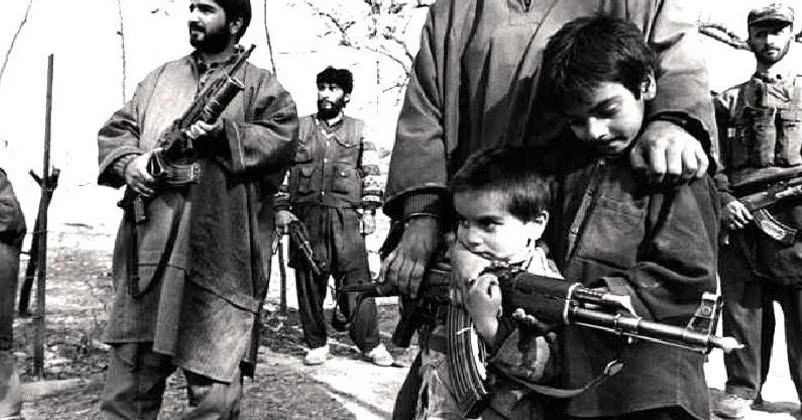
A Kashmiri boy with a rifle among militants. Srinagar, 1990.
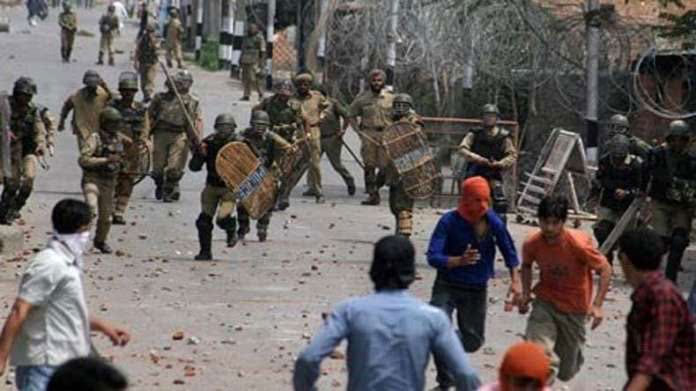
A Kashmiri boy holding a rifle among armed militants. Srinagar, 1990.
Pakistan’s strategy relies on what is known as “sub-conventional warfare”: the use of militant groups operating outside formal armed forces. These include Lashkar-e-Taiba, Jaish-e-Mohammed, and Harkat-ul-Mujahideen. A newer addition is The Resistance Front, effectively a rebranded offshoot that follows the same playbook. India argues that even if an attack is not directly sanctioned by the Pakistani military, Islamabad bears responsibility for allowing such groups to operate, train, and receive funding.
Politics Without Dialogue: Why Diplomacy Fails
Since 2015, India and Pakistan have not held a single meeting at the level of heads of government. There were attempts—Narendra Modi extended a hand early in his tenure, inviting Pakistan’s leader to his inauguration and even making a surprise visit to Lahore in 2015. But just weeks later, the Pathankot terrorist attack occurred, followed by further violence. The dialogue collapsed.
Since then, India’s official stance has been clear: no talks until Pakistan takes action against terrorist groups. Pakistan responds in kind: no dialogue unless the Kashmir issue is addressed first. A brief rapprochement in 2021—including a ceasefire and informal trade diplomacy—unraveled after the latest attack in Pahalgam.
Mutual distrust is deepening. Indian society, scarred by successive attacks, demands isolation and retribution. Pakistani public opinion remains convinced that India seeks to reverse the 1947 partition. Trust is absent. Platforms for dialogue are lacking—even at the level of people-to-people diplomacy.
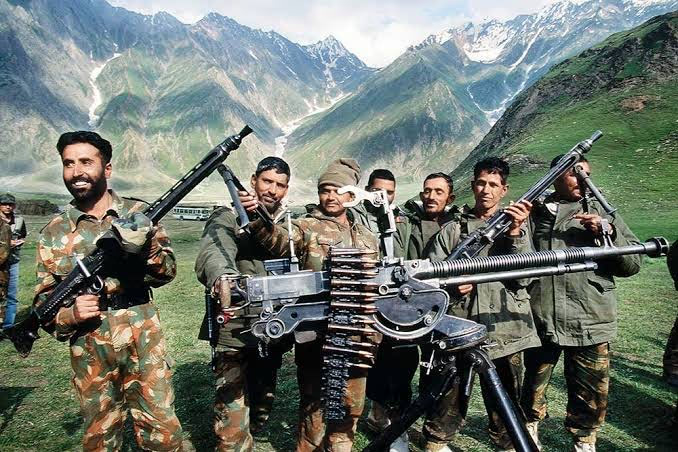
Indian Army soldiers display rifles and machine guns seized from Pakistani units. Kargil, 1999.
Modi, Nationalism, and Electoral Logic
Since Narendra Modi's rise to power and the consolidation of the Bharatiya Janata Party, India has shifted from an inclusive form of Indian nationalism toward a more explicitly Hindu one. While the Indian Constitution guarantees equality regardless of religion or background, recent years have seen a rise in attacks on Muslims and Christians, particularly in the media space. Since the 2008 Mumbai attacks, Indian public opinion has grown increasingly resistant to rapprochement with Pakistan.
Policy has adapted accordingly. Populism, chauvinism, and the cultivation of an external enemy all serve electoral goals. Tough rhetoric and hardline measures tend to boost approval ratings. In this climate, the space for dialogue and strategic thinking shrinks, and terrorism becomes not only a pretext for pressure but also a tool of domestic political mobilization.
Pakistan’s military, for its part, also benefits from escalation. Each new crisis offers an opportunity to reassert its influence, particularly after its diminished role following Imran Khan’s ouster. The army is reemerging at the political center, thanks to a long-running conflict that conservative segments of society view as a matter of national survival.
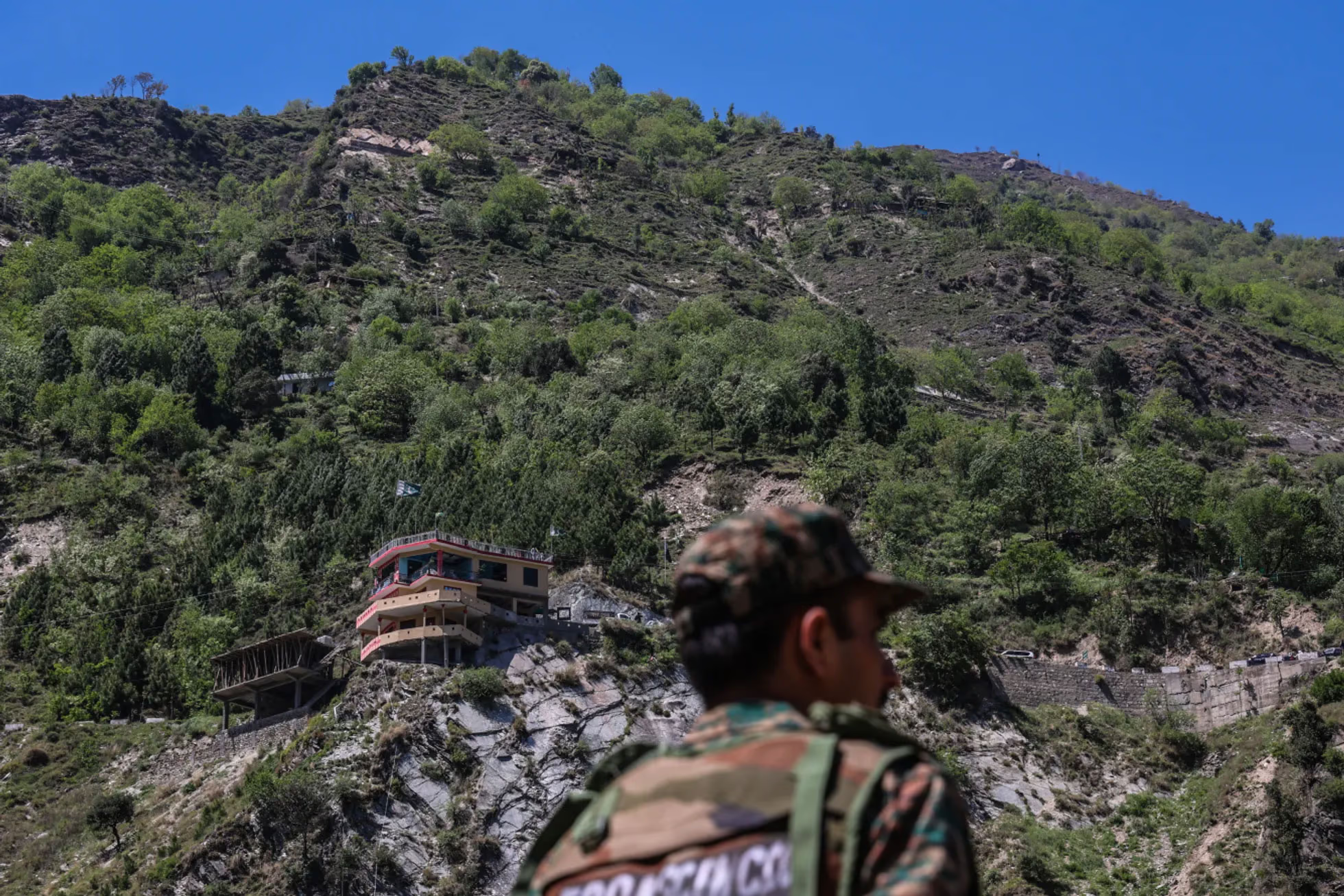
The military border dividing the disputed Kashmir region between India and Pakistan. View from the Indian side. April 14, 2025.
Historical Roots: How Kashmir Became a Battleground
At the time of British India's partition in 1947, Kashmir was the only princely state bordering both India and Pakistan. Its ruler, a Hindu maharaja, delayed making a decision, while the majority of the population was Muslim. Pakistan attempted to force his hand by sending in armed tribal militias. In response, India deployed troops—after securing the maharaja’s signature on the Instrument of Accession. This marked the beginning of the first Indo-Pakistani war.
Since then, the conflict has resurfaced in various forms: three of the four wars between the two countries have been rooted in the Kashmir dispute. Today, the Line of Control divides the region between India and Pakistan, with parts also administered by China. For Islamabad, Kashmir holds deep ideological and symbolic value—even its name is embedded in "Pakistan" (the “K” stands for Kashmir). India, in turn, cites the legal basis of accession and the inclusive nature of its statehood.
The India–Pakistan–China Triangle: A Game of Great Powers
Behind the regional conflict lies a broader strategic context. Since the 1960s, China has supported Pakistan as a counterweight to India. From Beijing’s perspective, South Asia falls within its sphere of influence, and India—aligned with the United States—is a strategic threat. China views Pakistan as a kind of South Asian North Korea: a pressure tool against a regional rival. It controls part of Kashmir (Aksai Chin) and claims Indian territory in Ladakh, Arunachal Pradesh, and along the Bhutanese border.
India, for its part, has traditionally sought balance through alignment with the Soviet Union and later Russia. But the deepening ties between Moscow and Beijing have left Delhi increasingly exposed. Russia still avoids taking sides in the Kashmir dispute, but its growing energy and potential defense cooperation with Pakistan has raised concerns.
The United States, once a self-appointed mediator, is retreating from the region. The Trump administration showed minimal engagement, limiting itself to symbolic phone calls. In the absence of sustained international pressure, both sides revert to a familiar pattern: attack, response, and the wait for the next round.
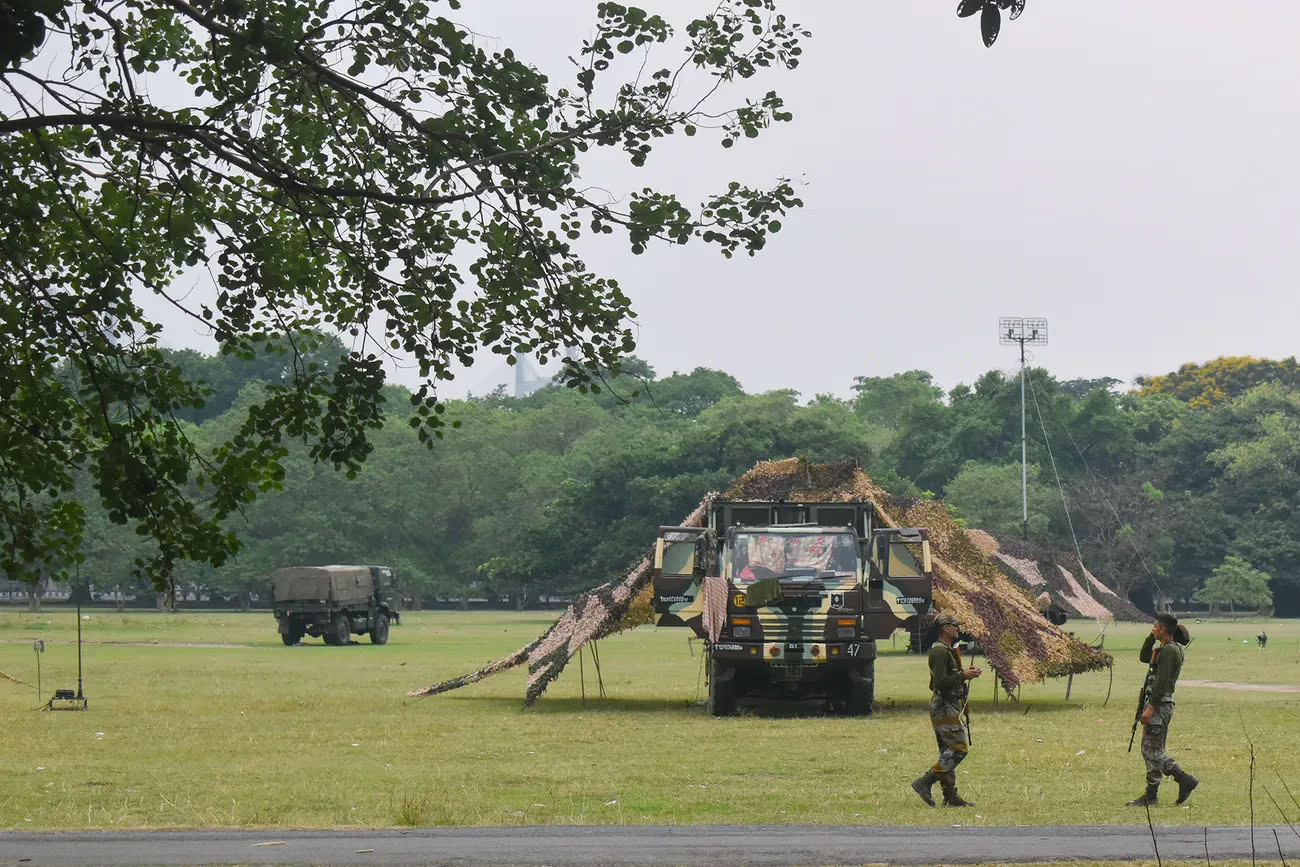
Indian Army soldiers on the streets of Kolkata, India. April 27, 2025.
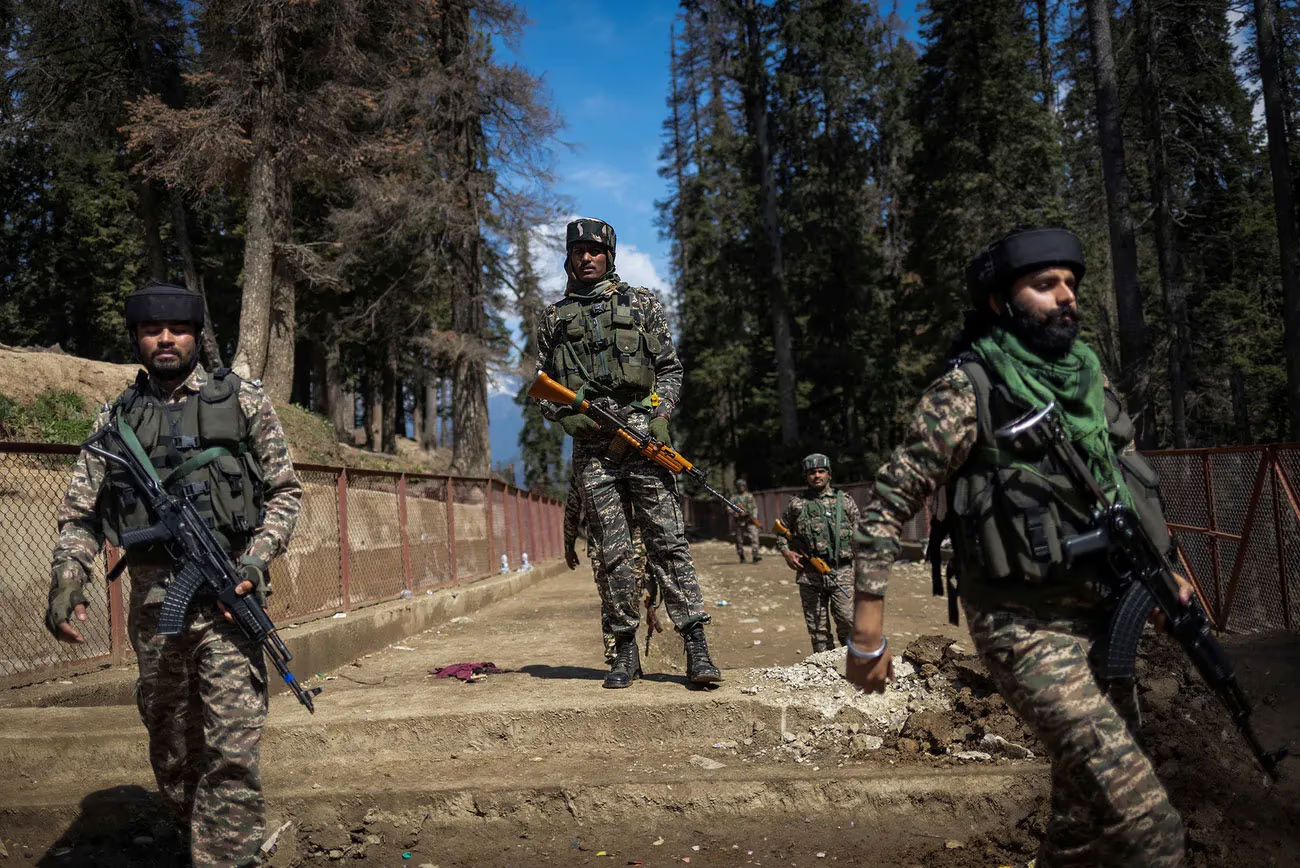
Indian security personnel at the site of the militant attack on tourists in Pahalgam. April 24, 2025.
Why the Conflict Keeps Both Countries Anchored in the Past
Kashmir remains a historical hostage to political myths, mutual suspicion, and institutionalized hostility. Both India and Pakistan use the conflict for domestic mobilization, yet neither offers a path forward. The hypocrisy cuts both ways: Pakistan denounces Indian repression in Kashmir while ignoring the persecution of minorities within its own borders. India proclaims inclusivity, yet tolerates a growing tide of violence against Muslims.
Neither side is prepared to make significant concessions—whether on Kashmir itself or on the terms of dialogue. With even cricket no longer serving as a channel of engagement, the prospects for peace are fading. The international community, weary of decades of reciprocal blame, prefers to look away. The conflict persists not because it is unsolvable, but because it is not inconvenient enough for either party to solve.
India and Pakistan

India Attacks Pakistan
In Response, Cross-Border Shelling Kills Dozens of Civilians on Both Sides
